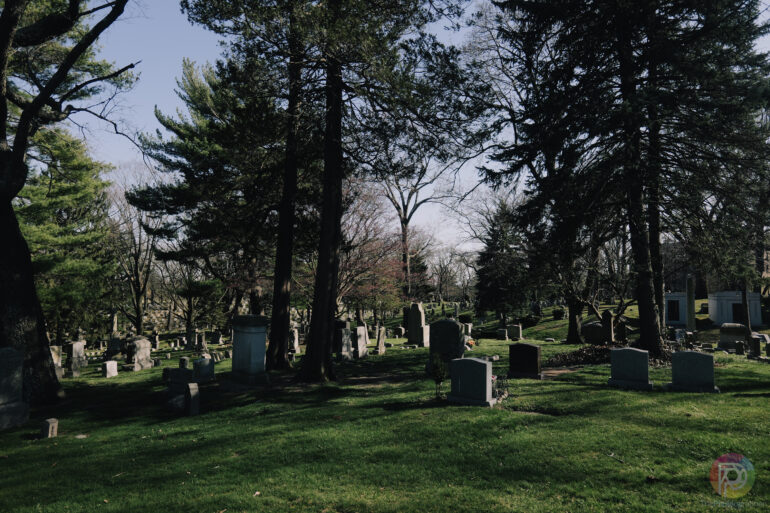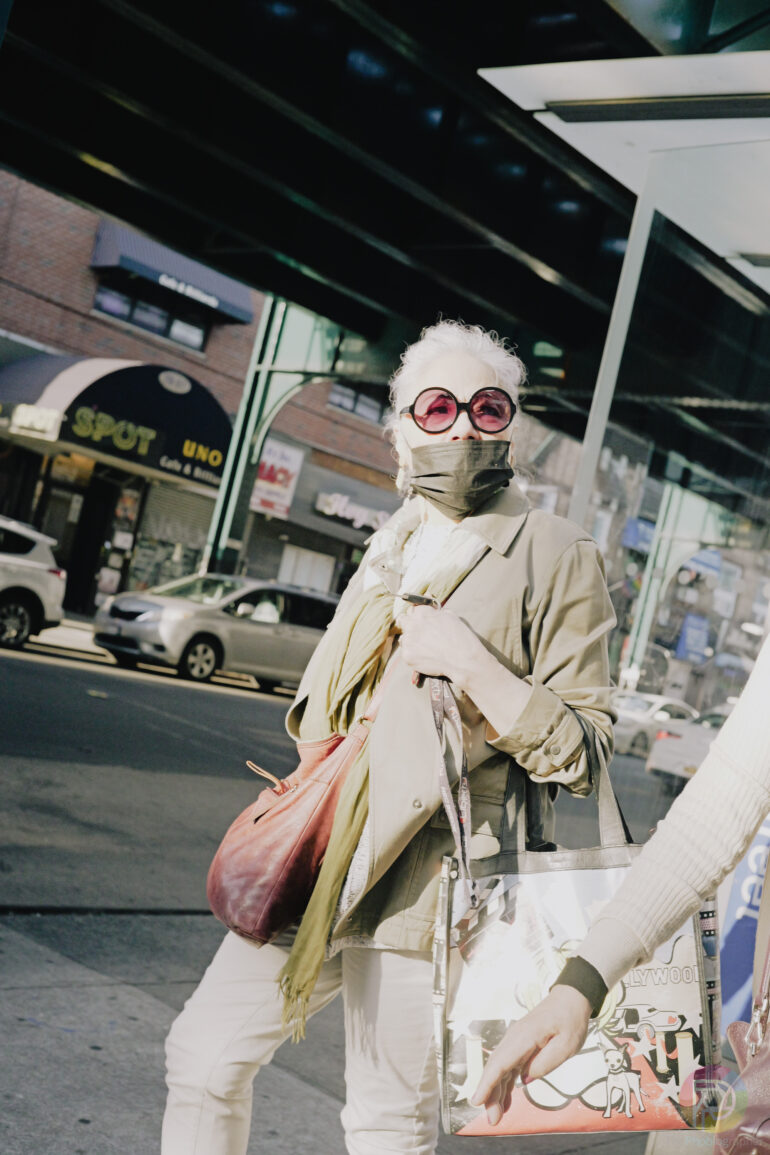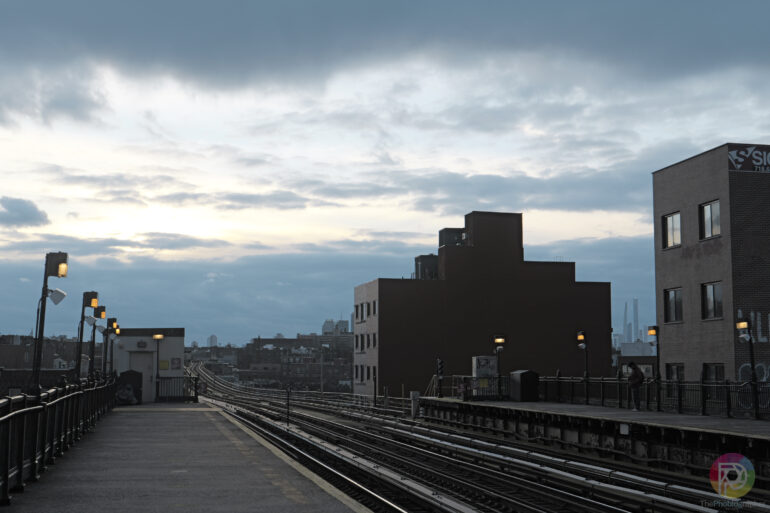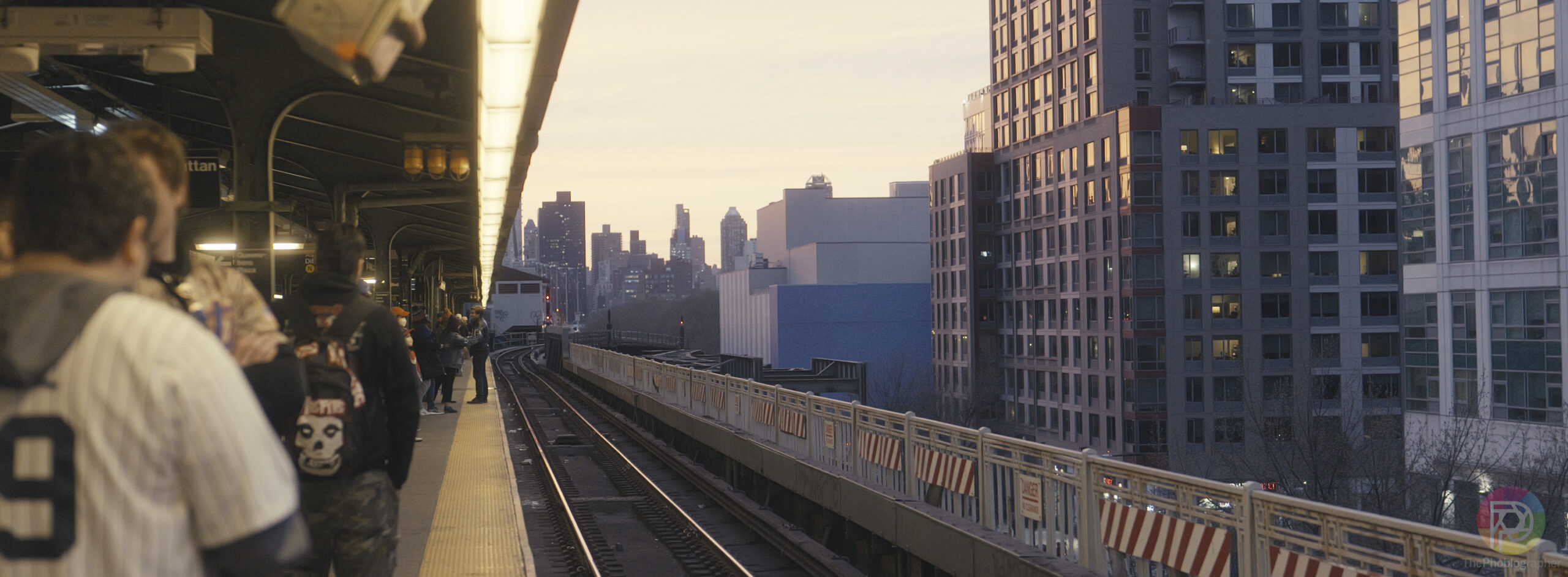Most cameras these days shoot in two different aspect ratios. There’s 4:3, which is the four-thirds standard. For a long time in history, the 4:3 standard was necessary for television and 110 films. So too, was the 3:2 ratio, as this is what we think of for full-frame 35mm film and sensors. But there were a lot of other aspect ratios too. We’re looking at them; and more importantly, we’re discussing why you should shoot with them.
This tutorial is presented in partnership with Panasonic. The Panasonic S5 II and GH6 help you create images that previously weren’t possible in-camera.
Why Shoot in Different Aspect Ratios?
For years, photographers have been taught to do it all in post-production later on. But these days, you really don’t have to. The technology with modern cameras is so good that we can get the results we want in-camera without worrying about sitting in front of a computer for a while. Instead, we can spend more time in the world, capturing moments and creating photos that connect our emotions and imagination.
With all this said, we can shoot in different aspect ratios in-camera. But why would you do that if you can do it in post-production? Well, it has to do with the actual process of creating. When photographing in a different aspect ratio, you’re composing, framing, and capturing in a completely different way. Any photographer that’s shot panoramic formats will know that the 16:9 aspect ratio is excellent for shooting landscapes. A photographer shooting photos for social media knows that shooting in the square format is the most versatile option you can have across various platforms.

All of this makes you compose the scene completely differently. To that end, you also treat it accordingly. If you’re photographing a sunset with a standard 3:2 aspect ratio, you’re probably going to have stuff in the scene that doesn’t add to it. So you’ll end up cropping it out. But if you’re in something like 16:9, then you’ll really only focus on specific parts. When you point your camera at the scene, you’ll look at how the horizon’s placement changes the scene and can give you more emphasis on the sky or the earth with less negative space.
With Panasonic’s cameras, photographers have access to a bunch of different aspect ratios, such as
- 3:2- the standard for most photography
- 4:3- the standard of Micro Four Thirds and television for many years
- 16:9- the standard for television today
- 1:1 – the square format. Arguably a favorite of many photographers
- 65:24 – Panoramic format
- 2:1 – Panoramic format
In your Panasonic camera’s menu system, you can easily change the formats. Let’s talk about some of our favorites.
But if you truly must shoot with the full sensor area: then you can head into Panasonic’s Blue Menu and search for Frame Marker. Then you can sit it to render something all on its own. You can shoot in 3:2 while having the frame marker for 4:3. And that means that you can work on it later in post-production.
4:3 format Was the Standard for Video for a Long Time

With today’s trends, we’ve started to see a lot of 4:3 aspect ratio shooting. Sometimes we see it in the form of black frames on the side of videos or movies. There are YouTubers that do this in addition to lots of movies and music videos. But more importantly, it mimics the look of old school 110 film and something like super 8 or super 16 video for those that haven’t looked at it before. This is where it gets really intriguing.
With Panasonic cameras, you can combine this format with the Real Time LUT options, L Classic Neo, CineLike V2, or other options to get that classic look. We really like shooting with LUTs that look like a bunch of discontinued film stocks. Combined with the 4:3 format, we get a really nostalgic render that we’re very satisfied with. For even more of an effect, we stick to film ISOs that give us a bit of extra blur when shooting in low light situations.
The advantages here are several. First off, you’re shooting and applying this all to your JPEG while your RAW file remains mostly untouched. While also making you create in a divergent way, you also get the benefits of modern technology in Panasonic cameras with autofocus, weather resistance, and more.

The Square Format
One of our favorite formats to shoot for years was the square format. Square format was originally what Instagram required. But it’s also the format that’s great for so many other things. Medium format film shooters often go for square format because of the symmetry it gives them when they’re shooting.
For many years before mirrorless cameras, lots of photographers simply just used the center focus point and composed their entire scene based around it. Later on, they’d crop the photos. Many times, they’d crop the photos to look square. And with the square format, you can do just that.
Portrait photographers, documentary photographers, and landscape photographers all really can create gorgeous photos with the square format. The fact that everything is so symmetrical can make it seem almost like you’re creating the same way that Wes Anderson would if he were a photographer.
Wider Formats
Wider, panoramic formats are what many photographers have been asking for for years. There are so many people that even to this day want a panoramic digital camera. It may seem niche to some folks, but once you actually try it with something like the Panasonic S5 II, you start to see and understand how it makes you compose and create your photos with thought processes that you’re probably not used to.
Suddenly, you begin to understand that you don’t need to shoot with all that extra information that the camera can give you and your creative juices start to flow. Set the camera down on a tripod and capture the night sky or a long exposure and you’ll see how things look totally different.


